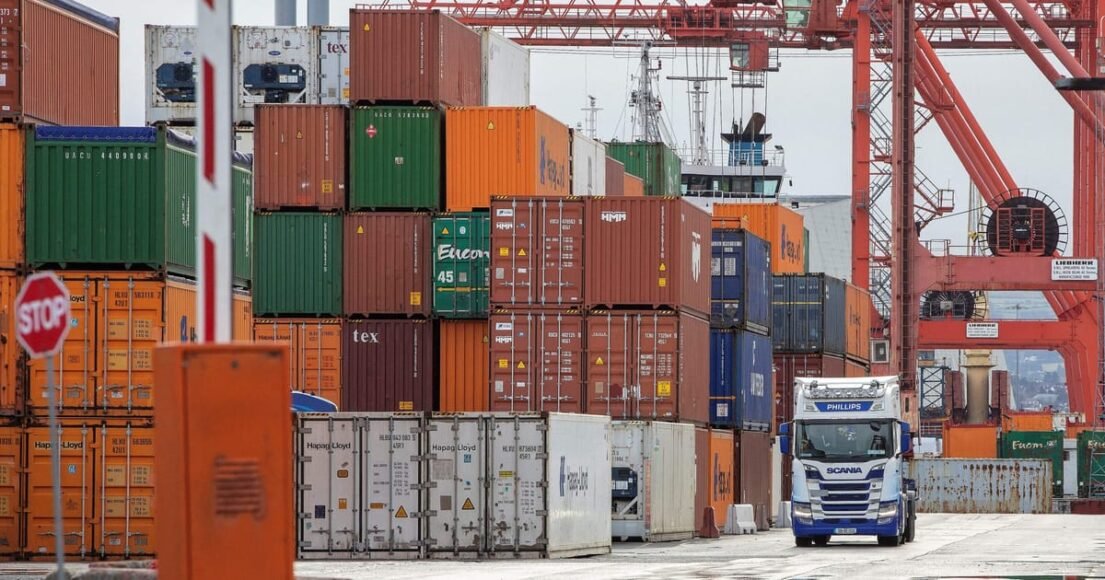
President Donald Trump’s proclamation of April 2, 2025, as “Liberation Day” ushered in a dramatic transformation of U.S. trade policy. Central to the announcement was the implementation of sweeping reciprocal tariffs, including a blanket 10% levy on all imports. Targeted tariffs reached as high as 54% for China, 46% for Vietnam, and 20% for the European Union, accompanied by an additional 25% duty on all foreign-produced automobiles.
Marketed by the administration as a long-overdue correction to decades of “unfair” trade practices, the policy has been framed as a revival of American industry. However, beyond the slogans lies a complex and uncertain economic landscape marked by the threat of retaliatory measures, disruptions to global supply chains, and the possible reconfiguration of international trade norms. The consequences of this policy shift may prove far-reaching for both the United States and its global trading partners.
For U.S. manufacturers, the tariffs present mixed outcomes. On one side, sectors such as steel, automotive, and textiles — long struggling against global competition — could see short-term advantages as costlier imports prompt increased demand for domestic goods. The Alliance for American Manufacturing hailed the announcement as a long-awaited victory for workers “undermined by unfair trade for decades.”
Yet the picture is far from simple. A vast number of American manufacturers depend on global supply chains, importing key materials and components such as auto parts from Mexico and semiconductors from Asia. As an example, the new 25% duty on imported auto parts may raise production costs by $2,000 to $15,000 per U.S.-built vehicle. Automakers face the difficult choice of absorbing the extra costs or transferring them to consumers. Small businesses including electronics assemblers and craft breweries, many of which operate on narrow margins, also face financial strain. The National Association of Manufacturers warned that the tariffs could threaten jobs and investment across a wide array of sectors.
Meanwhile, American consumers are likely to feel the most immediate impact. While the White House has attempted to brand the tariffs as a “tax cut,” economists overwhelmingly argue that such duties effectively increase prices for everyday goods. Items like fruits and vegetables from Mexico, affordable clothing from Vietnam, and electronics from China — all essential components of the American household budget — are expected to become noticeably more expensive.
According to the Yale Budget Lab, the average American family could face annual increases of $2,700 to $3,400 in living costs. Retailers, already grappling with the effects of inflation, are bracing for additional price surges on consumer items such as toys, clothing, and home electronics, many of which are scarcely produced domestically. Even industries temporarily spared from tariffs, like pharmaceuticals, remain on edge amid looming investigations that could extend duties to critical medicines.
The international response has been immediate and forceful, marking the onset of what many fear could become a prolonged global trade war. China, the EU, Canada, and Japan have all pledged retaliatory measures. Beijing condemned the U.S. move as “economic bullying” and vowed to respond aggressively, likely through restrictions on U.S. agricultural and technology imports. The EU, in the process of finalizing counter-tariffs related to earlier steel disputes, warned of new levies targeting major U.S. tech companies. Canadian Prime Minister Mark Carney described the unilateral shift as a “fundamental change” to the postwar trading system and pledged a “forceful” response. Even more neutral countries like Switzerland and Thailand are reassessing their trade approaches, with Thailand’s finance minister predicting a 1% contraction in GDP due to reduced exports.
This mounting backlash threatens to fracture long-standing trade alliances, upend established supply networks, and undermine institutions like the World Trade Organization. With countries increasingly favoring regional agreements such as the China-led Regional Comprehensive Economic Partnership (RCEP), the multilateral framework that has governed global commerce for decades appears increasingly sidelined.
The long-term implications could prove to be even more destabilizing. Trump’s tariff campaign is not merely a policy maneuver; it represents a philosophical shift away from the liberal international order established after World War II. By reinterpreting security alliances through a transactional lens — where partners like Japan or Germany must achieve trade balance to maintain U.S. protection — the administration is challenging decades of cooperative economic tradition.
Economists caution that such uncertainty will likely dissuade foreign investment in the United States. Companies that established domestic production to bypass earlier tariffs now face renewed uncertainty. For instance, international automakers with U.S.-based factories are expected to face operational disruptions given the new 25% auto import tax. Moreover, the administration’s stated aim to substitute income tax revenue with













Leave a Reply